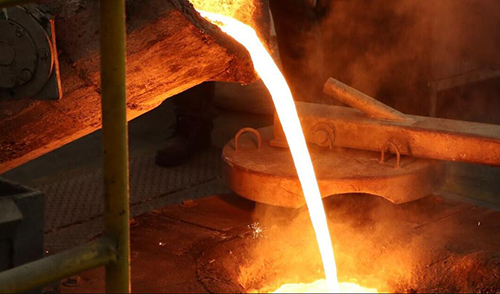Soderberg Electrode Paste play a vital role in aluminum smelting
Soderberg electrode paste are critical components in the aluminum smelting industry. These pastes play a pivotal role in the production of aluminum by serving as conductive materials in the electrolytic cells used for the extraction process.
The production of aluminum is a complex electrochemical process that relies on Soderberg electrode paste for its efficiency. These pastes serve as conductive materials and play a vital role in the electrolysis of alumina to produce aluminum metal.

Composition and Characteristics
Soderberg electrode paste, also known as self-baking electrode paste, is a unique formulation that includes a mixture of aggregates, binders, and a fraction of the spent electrode paste from the smelting process. This paste is known for its ability to bake and self-repair during operation.
Importance in Smelting Operations
Soderberg electrode paste is utilized in Soderberg cells, which are an energy-efficient alternative to prebaked cells. The paste gradually bakes and forms a protective layer, ensuring stable and controlled electrode consumption during aluminum production.
Electrolysis and Reduction
During the aluminum production process, Soderberg electrode paste contribute to the reduction of alumina (Al2O3) to aluminum metal (Al) through electrolysis, a process that requires high electrical conductivity.
Energy Efficiency
The use of electrode paste in the electrolysis process contributes to the overall energy efficiency of aluminum production. Efficient electrode materials minimize energy losses and promote cost-effective smelting operations.





